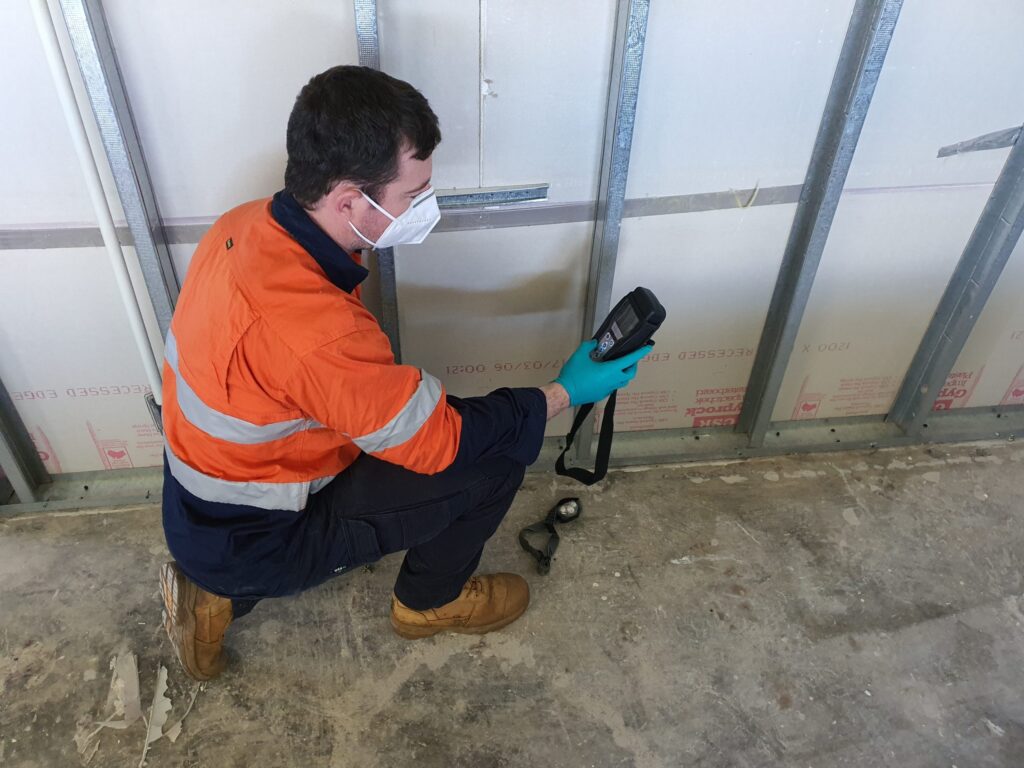Validation inspection, assessment and remediation of mouse plague damage
Project Background

In 2020, EnviroScience Solutions was commissioned by the Wellington Correctional Centre (WCC) in response to the mouse plague sweeping across the western region of New South Wales. A potential threat to public health, and causing significant damage to infrastructure, we were engaged to provide remediation works so the affected areas could be reoccupied.
Solution
Following the initial site assessment, EnviroScience contacted multiple laboratories and other industry partners to seek information in regard to methodology for validation of areas following the clean-up of mice carcasses, faeces and urine. We discovered there were no quick and easy methodologies for the validation of surfaces.
In the absence of a readily available solution, EnviroScience then undertook extensive research into potential methods. However, these proved to be expensive, time consuming, labour intensive, and it was difficult to find laboratories that would perform the services for the purposes required.
With a quick and easy method needed following remediation, EnviroScience developed a validation method using Adenosine Triphosphate (ATP) as an indicative tool – with it not only being cost effective but also extremely quick to undertake, with results available in 15 seconds.
While using a Luminometer to measure Adenosine Tri Phosphate (ATP) is not a new technology – it is a method used widely by the NSW Health and NSW Food Authority in food safety – it had not been previously applied as a validation technique following the remediation of mouse infested premises to determine if areas were safe to reoccupy quickly and effectively.
Handheld luminometers were used to measure bioluminescence by utilising the reaction of ATP with luciferase – reported in relative light units (RLU). Effectively cleaned surfaces were found to display low levels of ATP, while detection of high levels of ATP implied that the organic residue remains on a surface.
Conclusion
The purpose of the inspection was to confirm that the areas contaminated by mice, their droppings and any other associated biological matter were sufficiently cleaned and remediated. And at the completion of the project, it was found that visual and biological contamination was successfully remediated.
